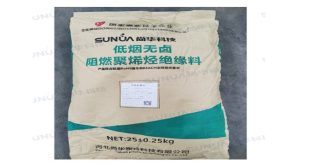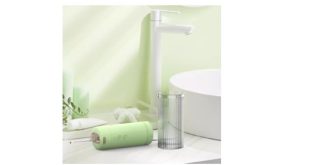In the realm of supplements, creatine is one of the most popular and thoroughly studied. If you look at the “necessary supplement” list, you’ll find it near the top. On the other hand, many people have no idea what creatine is, how it differs from other types of supplements, or even how to utilise it properly. Here’s a primer for those new to creatine monohydrate as a starting point.
What is CREATINE?
Muscle cells, in particular, benefit from creatine, which is a nitrogenous organic acid that is synthesised in the liver. L’Arginine, glycine, and L-methionine are the building blocks of this protein. Creatine is a dietary supplement and a naturally occurring substance in the human body. Meat and fish are examples of foods that contain creatine. A performance boost, however, would necessitate the consumption of many kilos of meat or fish.
Creatine monohydrate has several advantages. If you’re an athlete, you’re likely to take creatine to boost your capacity to create energy quickly, allowing you to exercise harder and push yourself further. In sports like rugby and weightlifting, creatine is a popular supplement for athletes.
WHAT ARE THE FACTS?
Creatine is an energy source, plain and simple. It’s a source of really high-intensity energy, to be precise. An energy system in the body known as ATP-CP (sometimes called ATP-PC) is one of three that make up the body’s energy supply. Creatine phosphate is the chemical name for this substance (or phosphocreatine). The body’s primary energy source is ATP. Whether racing, bench pressing or throwing a punch, this is your go-to shoe. Creatine aids in producing high-intensity energy for the body while we work out and ATP levels decline. The ATP-CP system cannot be re-created if creatine levels are depleted. Hence the body has no high-intensity energy.
There are around 120 grams of creatine in the muscle of an average 70 kg guy. Muscles, on the other hand, may store up to 160 grams. Preparing for a workout requires a lot of high-intensity energy, and creatine supplementation is a way to increase that supply. Training adaptations may arise as a result of this increased energy level. That’s because the body can do more work and generate more stimuli for development as a result of that. Since the muscle’s creatine stores are a limiting factor in high-intensity exercise, boosting these quantities can lead to noticeable improvements in performance.
WHAT ARE THE REASONS I SHOULD TAKE IT?
Creatine’s advantages for boosting strength and muscle mass, as well as for high-intensity exercise, have been well studied. In growing lean body mass during training, creatine monohydrate is the most effective ergogenic dietary supplement currently accessible to athletes.
WHICH FORM OF CREATINE IS THE MOST COMMON?
This beginner’s introduction to this is the most prevalent type of creatine. There are various creatine products on the market, but they all perform the same thing: re-create ATP levels. We break down and metabolise creatine differently depending on how the molecule bonds. It’s best to start with creatine monohydrate if you’re new to the supplement world.
WHEN SHOULD I GO FOR IT?
You should take it regularly to see a rise in muscle creatine levels. Creatine supplementation normally involves loading and maintenance periods.
It takes around 5-7 days to load up on creatine, which is taken in doses of 5 grammes every serving for a total of 20 grammes per day. Creatine should be taken during the loading period during the morning, lunch, and/or post-workout. The loading phase’s major goal is to rapidly raise creatine levels in muscles.
Between 3 and 5 grammes per day are acceptable throughout the maintenance period. To get the most out of creatine after an exercise, you should take it right after that. The insulin surge resulting from combining creatine with a glucose source like dextrose or a carb/protein combination can also aid muscle creatine saturation.





